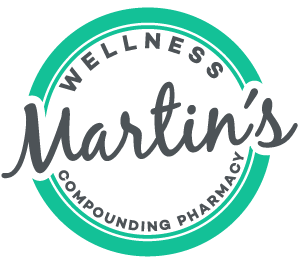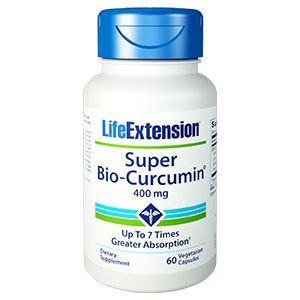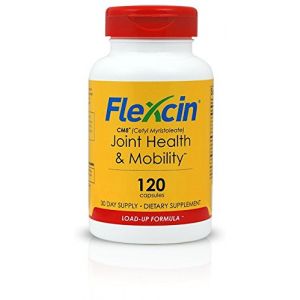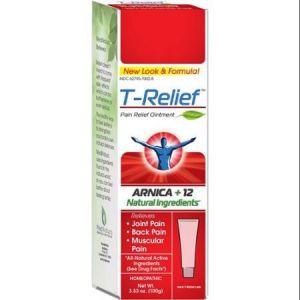Tennis Elbow Symptoms and Treatment

Even if you aren’t a tennis player, you have probably heard of tennis elbow. However, did you know that despite its name, you can still get tennis elbow even if you've never played the sport itself? That’s right - tennis elbow is a catchy name for elbow pain caused by repetitive gripping activities. In fact, tennis elbow is one of the most common reasons individuals seek medical help for elbow pain, whether tennis playing is even involved.
So, let’s dive in and discuss this particular injury in-depth, including tennis elbow causes, symptoms, treatments, recovery tips, and prevention.
What Causes Tennis Elbow?
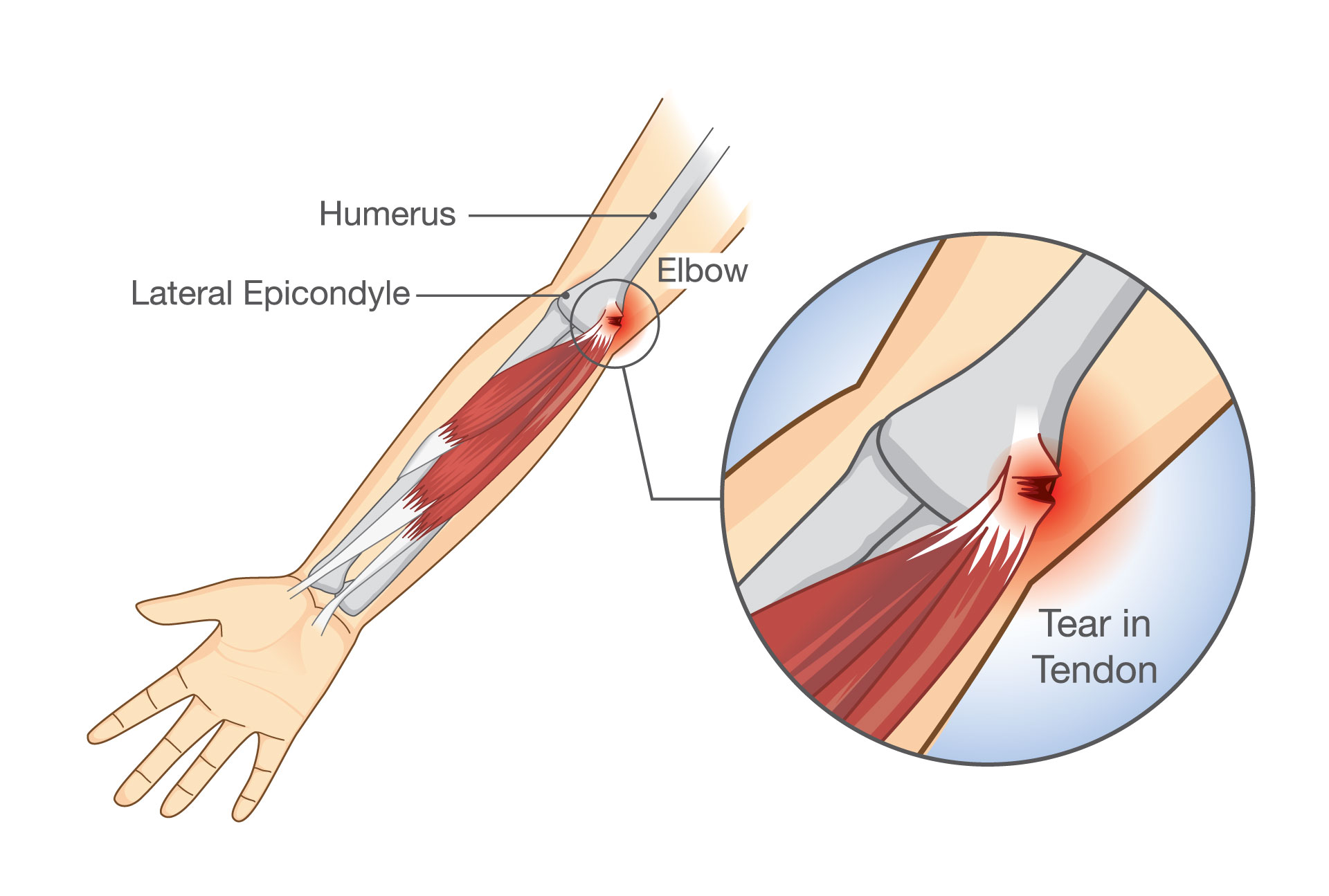

Tennis elbow (a.k.a. lateral epicondylitis) is a type of tendinitis, which is a swelling of the tendons. Tennis elbow is a painful condition that occurs when tendons in your elbow are overloaded, usually by repetitive wrist and arm movements. Tennis elbow can affect anyone, and it’s a common cause of elbow pain.
Tennis elbow is typically caused by the repeated contraction or overuse of the forearm muscles that are used to straighten and raise the hand and wrist. These repeated motions can stress the tissue, leading to a series of tiny tears in the tendons that attach the forearm muscles to the bony prominence (the lateral epicondyle) at the outside of your elbow. This painful injury can occur in people of all ages; however, it’s particularly prevalent in people over 40.
Although playing tennis or other racquet sports can undoubtedly cause this type of injury, there are also many occupations and hobbies that involve repetitive gripping motions that contribute to painful tennis elbow symptoms, such as carpentry, typing, raking, knitting, or painting. For example, butchers can experience tennis elbow thanks to the repetitive gripping and swinging involved with chopping meats.
What Are the Symptoms of Tennis Elbow?
The most common tennis elbow symptoms are pain and tenderness in your forearm and/or wrist, primarily where the tendons of your forearm muscles attach to the bony bump on the outside of your elbow. Also, tennis elbow is not an acute injury, as symptoms develop over time as a result of the repetitive gripping and swinging motions involved in all kinds of activities on and off the court.
Although the damage is in the elbow, tennis elbow symptoms can be particularly bothersome when doing things with your hands. For example, tennis elbow pain can occur when trying to lift something, make a fist, straighten your wrist, raise your hand, or grip an object with the thumb and first two fingers, including opening a door, holding a coffee mug, or shaking hands. Overall, the symptoms of tennis elbow are uncomfortable and painful and can interfere with easily accomplishing everyday activities.
What Is the Best Treatment for Tennis Elbow?
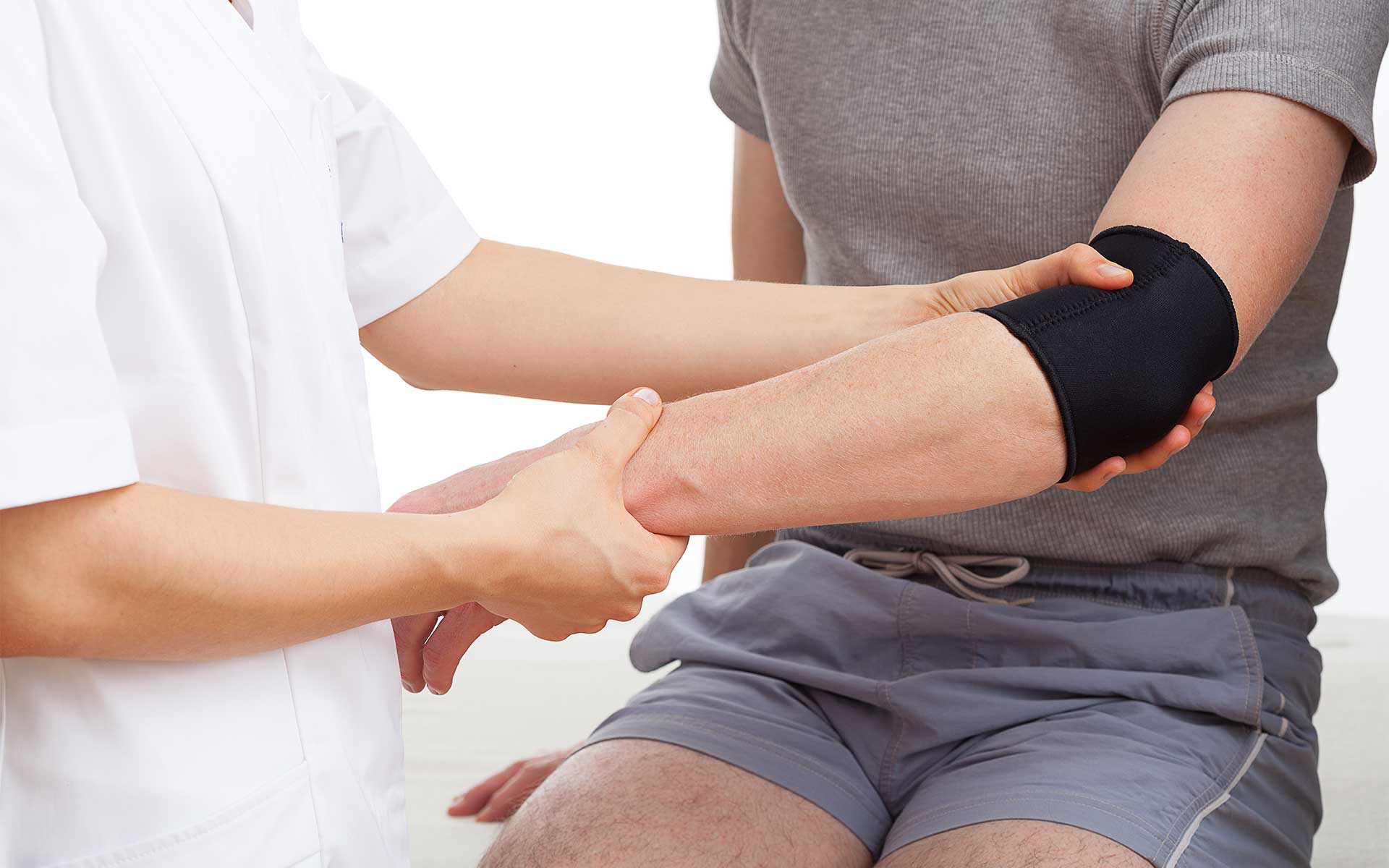

So, if you are experiencing these distressing symptoms of tennis elbow, what is the best treatment? The good news is that type of tendinitis usually heals on its own with proper rest and care. As for managing the often painful symptoms until healing occurs, there are many treatments available, including creams, supplements, and tennis elbow treatment exercises.
The first place to start when symptoms occur is to identify the activity that is stressing the forearm muscles at the outside of your elbow and stop it immediately. Until the tendons repair themselves, there are several things you can do to support recovery from this injury.
- - Applying Ice: Icing the elbow to reduce pain and swelling. Experts recommend doing so for 20 to 30 minutes every three to four hours over a few days or until the pain is gone.
- - Elbow Support: An elbow strap can support and protect the injured tendon from further strain.
- - Nonsteroidal Anti-Inflammatories: Using a nonsteroidal anti-inflammatory (NSAID), like ibuprofen, naproxen, or aspirin, can help with pain and swelling. However, consult a doctor or pharmacist about use, as they can cause side effects, such as bleeding and ulcers, or delay healing.
- - Tennis Elbow Treatment Exercises: Performing a range of exercises can reduce stiffness and increase flexibility. Eccentric exercises, which involve lowering your wrist very slowly after raising it, are particularly helpful. Your doctor or wellness practitioner may recommend doing them three to five times daily.
Unfortunately, tennis elbow injuries can take between 6 months to 2 years to heal, depending on the individual case and the extent of the damage to the tendon.
Best Supplements for Tennis Elbow
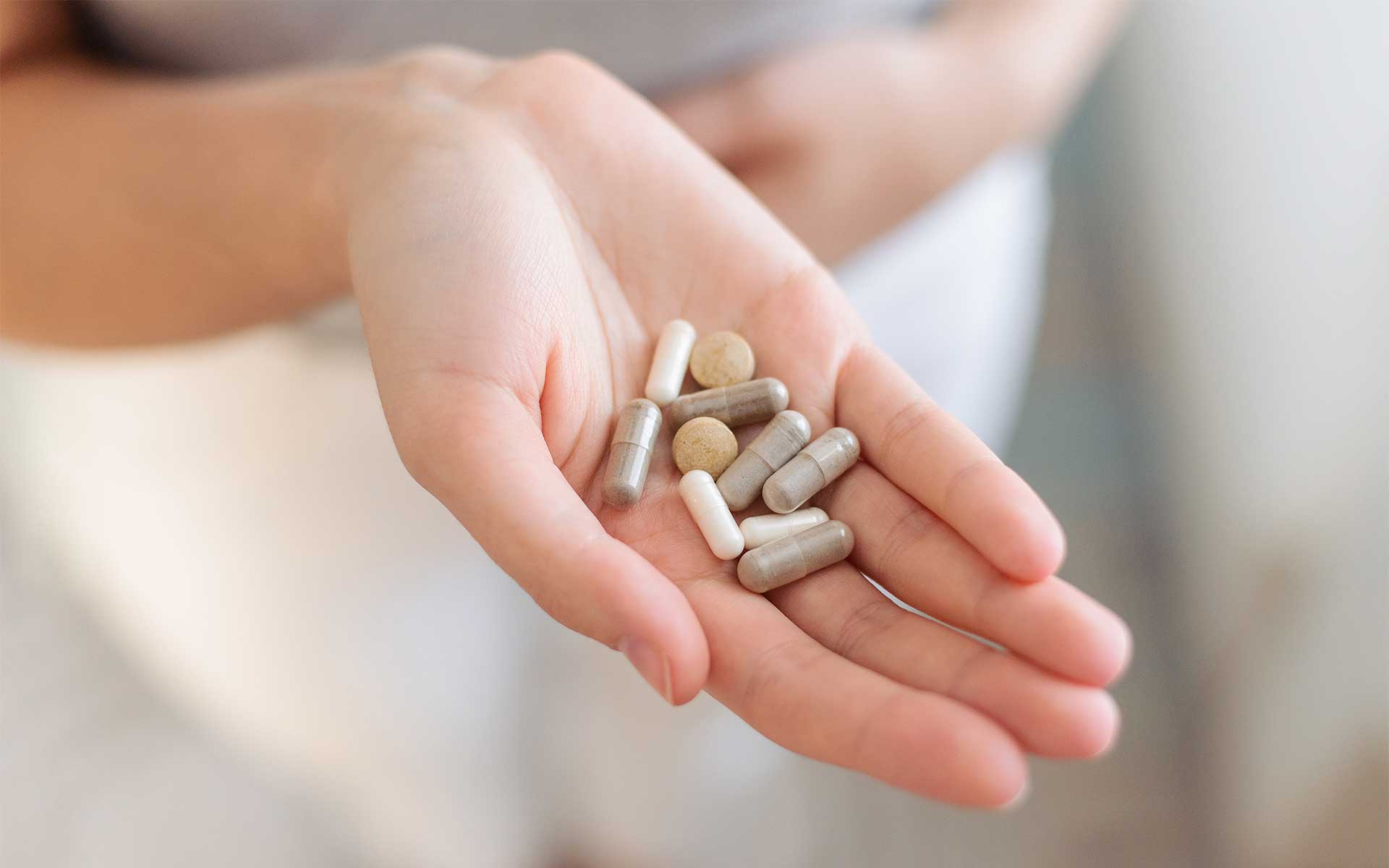

Since tennis elbow is a condition caused by inflammation around the elbow and forearm, there are a variety of supplements and creams that can help manage this condition. From joint supplements to elbow grease, there are many natural supplements available to help with tennis elbow symptom management and prevention.
First, what is elbow grease exactly? Yes, it’s an idiom commonly used to refer to hard work, but it can also refer to a cream or supplement specifically formulated to improve existing compromised joint health, help alleviate joint pain, or prevent future issues in healthy joints. There are various types of elbow grease cream or elbow grease supplements for tennis elbow symptoms, and they are particularly helpful in managing inflammation and reducing pain.
However, when it comes to managing overall inflammation and joint health, the Martin’s Wellness team recommends these supplements to help manage, or even prevent, the symptoms associated with tennis elbow:
- - Collagen Complex 90 ct - Professional Health Products: a comprehensive supplement formulated to support optimal collagen formation for healthy skin, joints, tendons, and overall musculoskeletal health.
- - T-relief 2 oz - MedNatura: Best for temporary pain relief, this odorless ointment helps soothe muscular pain, joint pain, and bruising.
- - Joint Health and Mobility 120 ct - Flexcin: This joint maintenance supplement is formulated to promote long-term joint health by supporting stronger cartilage, lubricating joints, and reducing inflammation.
- - Super Bio Curcumin 60 ct - Life Extension: Studies1 have shown that curcumin, a derivative of the spice turmeric, can suppress biological mechanisms that spark inflammation in tendon diseases. This highly bioavailable form of curcumin extract is made with BCM-95®, a patented curcumin formulation that is up to 7 times more absorbable than standard curcumin supplements.
Recovering from Tennis Elbow
As we already mentioned, recovery from tennis elbow takes time. Resting the area will prevent further stress on the tendons affected, help reduce inflammation, and promote recovery. Icing and taking anti-inflammatories can help reduce swelling and pain, as well. However, the best medicine is prevention, so keep reading for tips on preventing tennis elbow from occurring in the first place.
How to Prevent Tennis Elbow?


The best way to prevent tennis elbow from occurring is to avoid overuse. However, if repetitive wrist and arm movements that can overload tendons cannot be avoided, then there are various preventive measures available to help reduce injury occurrence. For example, we already mentioned the best joint supplements that may help prevent damage from occurring by strengthening the joints in this area.
Following are some additional self-care tips that can help tennis elbow from occurring or getting worse during work, exercise, and other repetitive arm activities.
- - Stop the activity causing the pain or find another way of doing it that does not cause pain or stress.
- - Avoid using your wrist and elbow more than the rest of your arm, which can help spread the load to the larger muscles of your shoulder.
- - Get coaching advice to help improve your technique if you play a sport that involves repetitive movements, such as tennis or squash.
- - Warm up properly by gently stretching your arm muscles before playing a sport or any activity involving repetitive arm movements.
- - Use lightweight tools or equipment with a larger grip to avoid putting extra strain on your forearm tendons.
- - Wear a tennis elbow splint when using your arm (not while resting or sleeping) to stop further damage to your tendons.
- - Increase the strength of your forearm muscles with exercises to build up your forearm muscles.
If you are dealing with symptoms of tennis elbow or are concerned that your lifestyle may contribute to the occurrence of this injury, contact Martin’s Wellness for advice from one of our Functional Medicine Practitioners. You can also shop online for a joint supplement as a preventative option or a pharmacist-recommended elbow crease cream to help manage painful symptoms.
1 https://www.news-medical.net/news/20110812/Turmeric-effective-in-tennis-or-golfers-elbow.aspx
